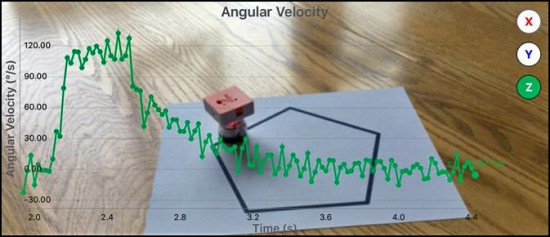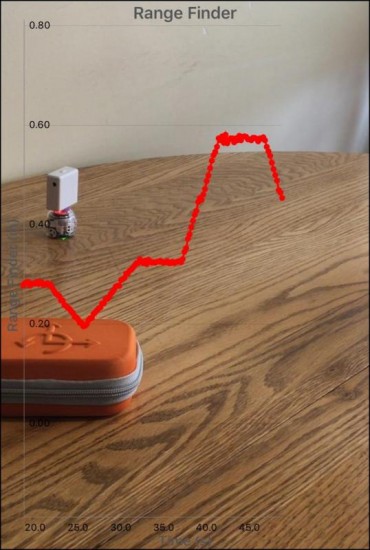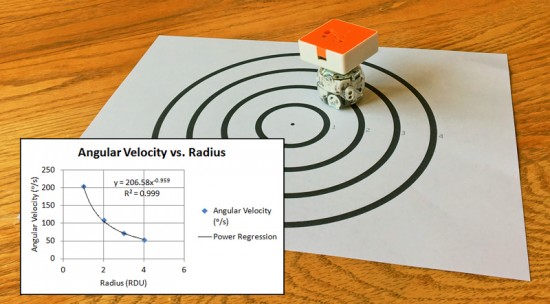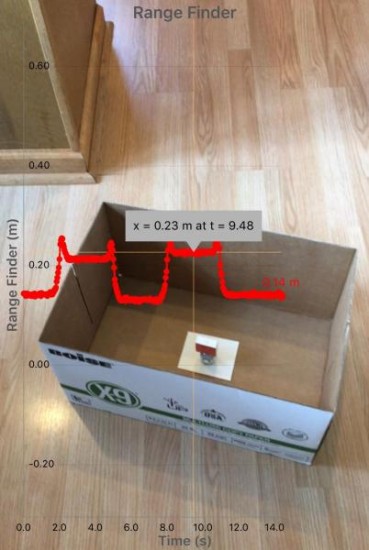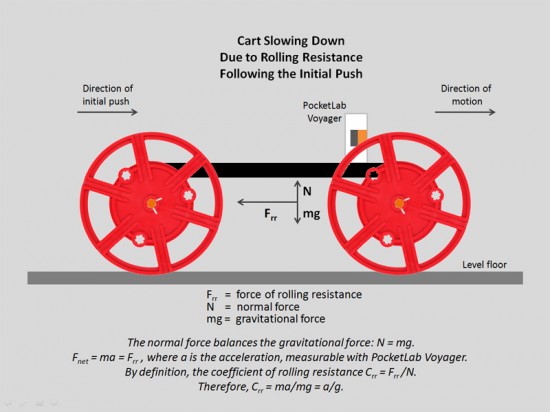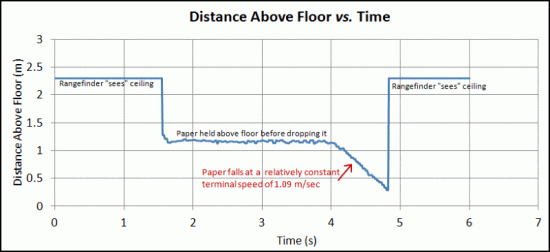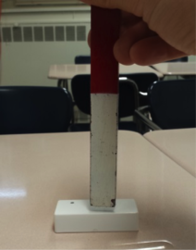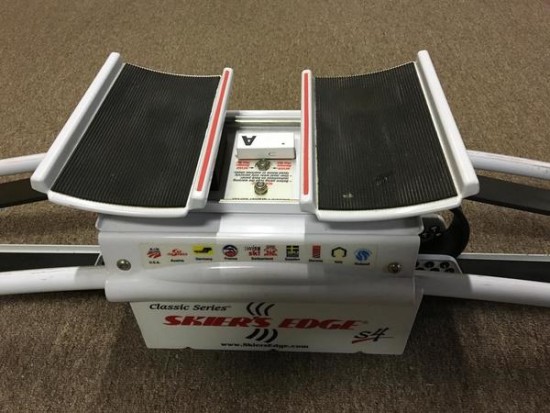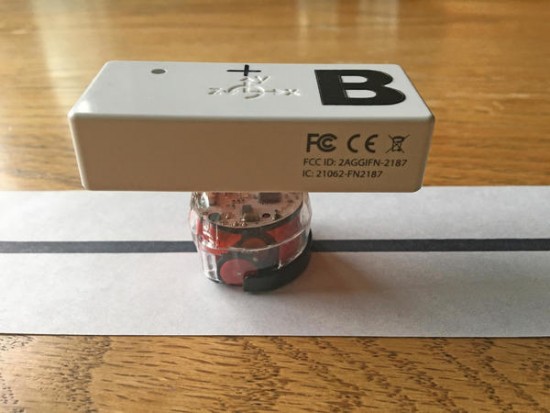Voyager & Ozobot: NGSS Science and Engineering Practices Challenge
This lesson provides a challenge that incorporates all eight of the Next Generation Science Standards (NGSS) science and engineering practices. Although this lesson makes use of both Ozobot and Voyager, neither of these is required, as all data have been collected and are supplied. Students match several geometric shapes with their corresponding angular velocity vs. time data obtained as Voyager/Ozobot travel around the shapes. Students are also provided with angular momentum data from an unknown geometric shape and asked to sketch the shape from their analysis.

